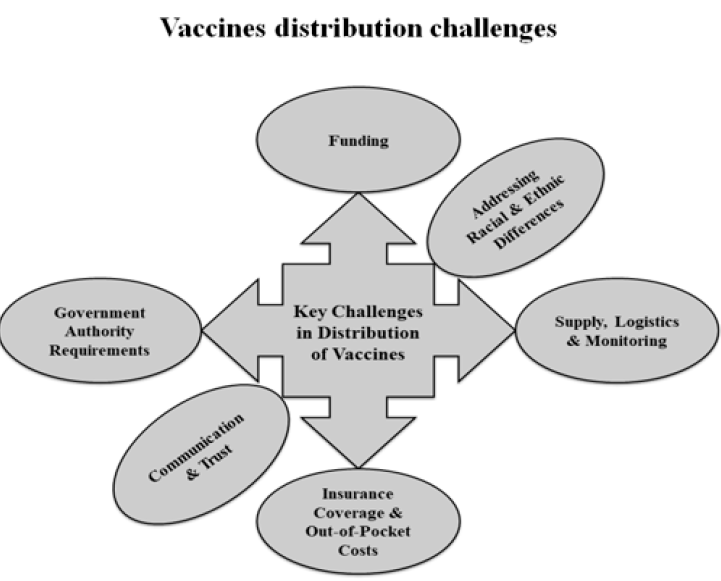Authors
-
Tauseef Ahmad
Department of Epidemiology and Health Statistics, School of Public Health, Southeast University, Nanjing, China; Key Laboratory of Environmental Medicine Engineering, Ministry of Education, School of Public Health, Southeast University, Nanjing, China
https://orcid.org/0000-0001-8793-273X
-
Haroon Haroon
College of Life Science, Northwest University, Xian, China
-
Kabir Ahmad
Liaoning Provincial Key Laboratory of Cerebral Diseases, Department of Physiology, Dalian Medical University, Dalian, China
-
S. Mudasser Shah
Department of Psychosomatics and Psychiatry, Zhongda Hospital, School of Medicine, Southeast University, Nanjing, China
-
Muhammad Waseem Shah
Department of Nutrition and Food Hygiene, School of Public Health, Southeast University, Nanjing, China
-
Akbar Hussain
School of Basic Health Sciences, Department of Microbiology, Dalian Medical University, Lianing Province, China
-
Sajid Jalal
Department of Pathophysiology, College of Basic Medical Sciences, Dalian Medical University, Dalian, China
-
Waqar Ahmad
Drug Discovery Research Center, Southwest Medical University, Luzhou, Sichuan, China
-
Muhammad Khan
Department of Biotechnology and Genetic Engineering, Hazara University Mansehra, Khyber Pakhtunkhwa, Islamic Republic of Pakistan
-
Harapan Harapan
Medical Research Unit, School of Medicine, Universitas Syiah Kuala, Banda Aceh, Indonesia; Tropical Disease Centre, School of Medicine, Universitas Syiah Kuala, Banda Aceh, Indonesia; Department of Microbiology, School of Medicine, Universitas Syiah Kuala, Banda Aceh, Indonesia
-
Kuldeep Dhama
Division of Pathology, ICAR-Indian Veterinary Research Institute, Izatnagar, Bareilly, Uttar Pradesh, India
-
Mukhtiar Baig
Department of Clinical Biochemistry, Faculty of Medicine, Rabigh, King Abdulaziz University, Jeddah, Saudi Arabia
-
Jin Hui
Department of Epidemiology and Health Statistics, School of Public Health, Southeast University, Nanjing, China; Key Laboratory of Environmental Medicine Engineering, Ministry of Education, School of Public Health, Southeast University, Nanjing, China
Keywords:
Hecolin®, Hepatitis E virus, Vaccination, Vaccines
Abstract
The hepatitis E virus (HEV) is an important public health concern and a significant cause of enterically-transmitted viral hepatitis infections. HEV infection remains a serious threat to life, especially in immunocompromised individuals and pregnant women. Globally, vaccines have had a massive impact on public health and saved millions of lives. Vaccination can reduce the healthcare expenditure, decrease the mortality rate, and increase life expectancy. The availability of commercially effective vaccines is the most effective means for the prevention of HEV. However, the development of classic inactive or attenuated HEV vaccines is not feasible due to the lack of an efficient cell culture system for HEV. In recent years, recombinant HEV vaccine approaches have been explored. Many vaccine candidates have showed potential efficacy against HEV infection. Currently, the only licensed vaccine is Hecolin®, a recombinant vaccine developed by Xiamen Innovax Biotech Co., Ltd. It is available in China. However, there are many hindrances when it comes to the acrossthe- board application of Hecolin® and other vaccines worldwide. Large-scale efforts are needed to further evaluate the efficacy and safety of Hecolin® in at-risk populations and to pass the World Health Organization prequalification for licensing outside of China.
License
Copyright The Author(s) 2017. This article is published with open access by BioMedPress. This article is distributed under the terms of the Creative Commons Attribution License (CC-BY 4.0) which permits any use, distribution, and reproduction in any medium, provided the original author(s) and the source are credited.

